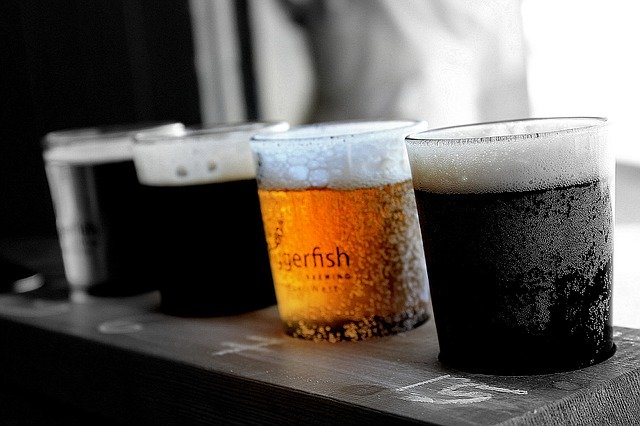Many of the objects in both of the explanations for consuming scales were chosen from previous analysis. The “cheer” and “neglect” objects from the coping scale and the “sociable,” “individuals they knew,” and “have fun” gadgets from the sociability scale had been similar to gadgets used by Cahalan et al. and Farber et al. . All “causes” objects were answered utilizing 4-point Likert-kind scales with response options starting from “not at all essential” to “very important” as reasons for ingesting alcohol. The drink-to-cope and drink-to-be-sociable scales had been correlated .35. The Waksberg two-stage random digit dialing process was used to generate the pattern.
Only motives for drinking had been examined within the data described on this paper due to the authors’ focus on the overlap between personal circumstances and private motives. Consistent with past research, gender, age, pals’ alcohol consumption, and coping and social motives for ingesting had vital major results on social drinkers’ alcohol consumption. As hypothesized, the interplay between personal motives for ingesting alcohol and circumstances relevant to those motives considerably predicted alcohol consumption.
Even a number of drinks a week is linked with an elevated risk of breast most cancers in ladies. 1There is also a big literature on individuals’s self-reported alcohol expectancies. For example, Brown discovered that school college students’ problematic consuming was linked to tension-reduction expectations, whereas frequent consuming was linked to social and bodily-pleasure expectancies. Christiansen, Smith, Roehling, and Goldman discovered that alcohol expectations in early adolescence predicted problem consuming 1 year later.
Christiansen BA, Smith GT, Roehling PV, Goldman MS. Using alcohol expectancies to foretell adolescent drinking behavior after one year. Perceived stress was measured utilizing a modified model of Pearlin and Schooler’s measure of role overload.
Past analysis has produced conflicting results in regards to the relationships between these demographic elements and people’ motives for drinking. For instance, some research have discovered men reporting extra coping motives than women (Wechsler & McFadden, 1979). Other studies have discovered ladies reporting extra coping motives than men (Hill & Burgen, 1979), while different authors have reported no gender variations (Edwards, Hensman, & Peto, 1973).
A healthy meal before you exit, and snacks between drinks, can help slow down the absorption of alcohol, serving to you keep in control. 45,290 individuals under 24 were admitted to hospital in England on account of consuming alcohol in 2013/14.
